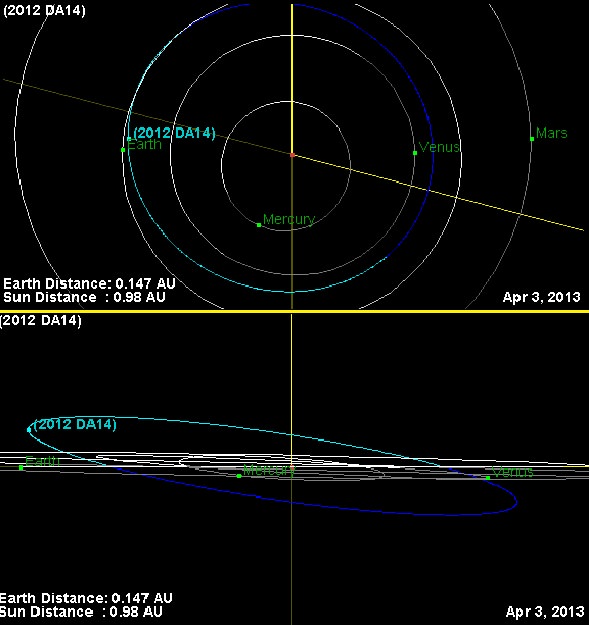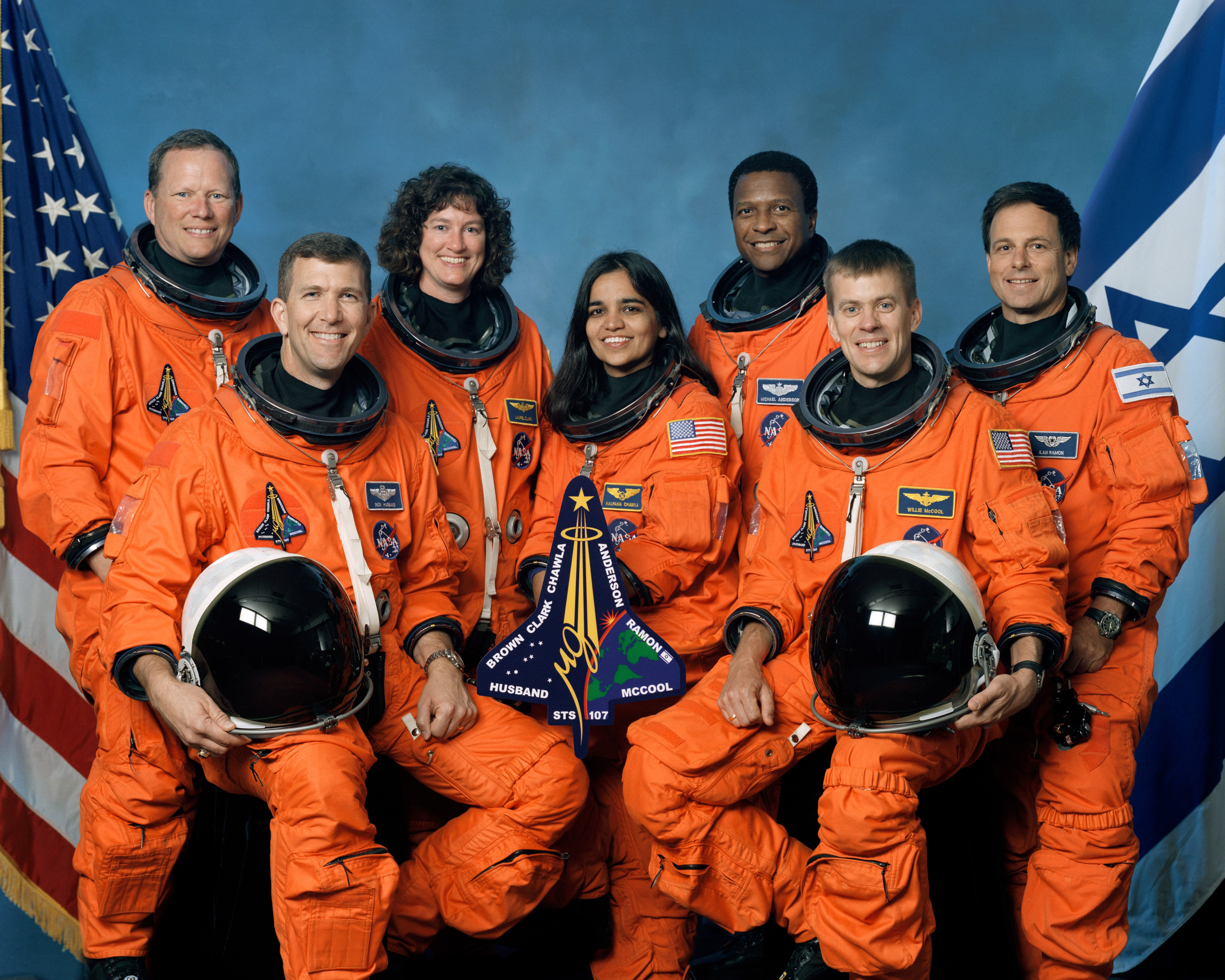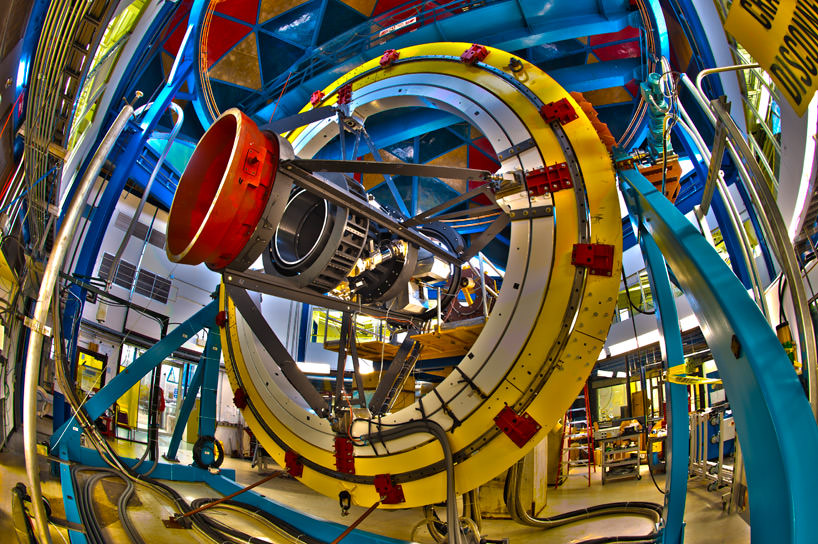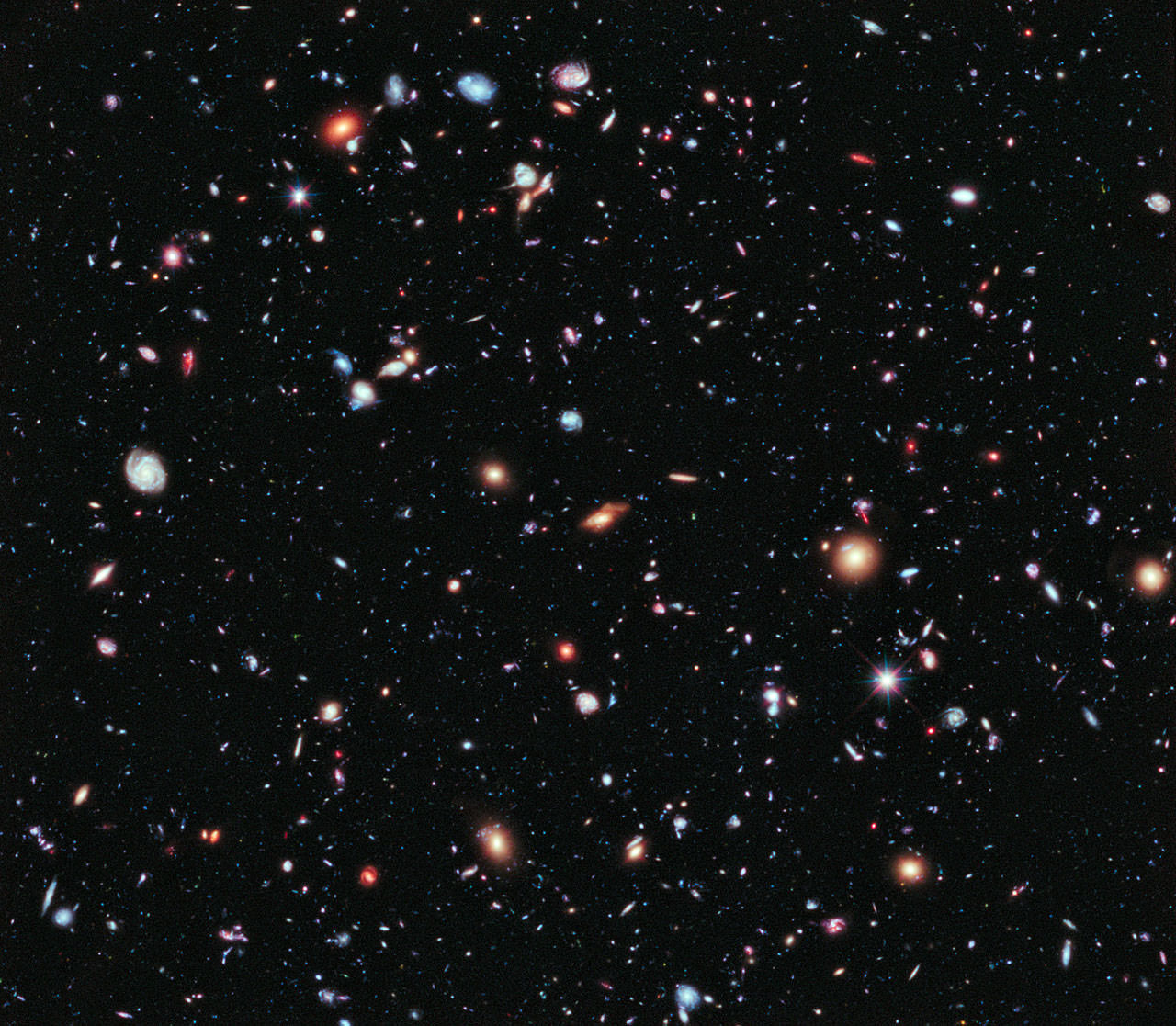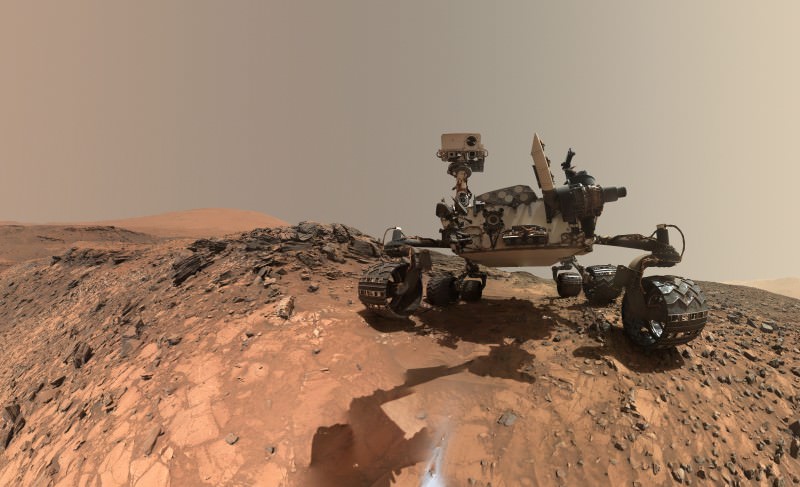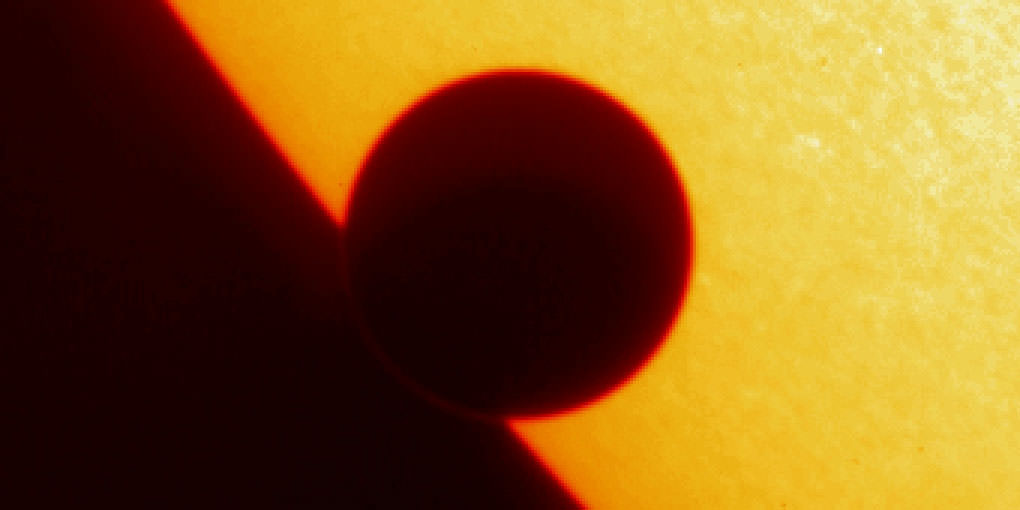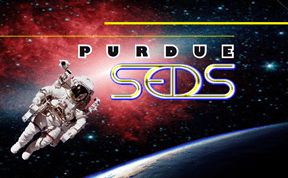Want to keep tabs on asteroid 2012 DA14 as it whizzes past Earth tomorrow (Feb. 15)? NASA TV and several online astronomy outlets will be tracking this asteroid as it makes its record-setting close shave. This marks the first time there has been an asteroid of this size passing this close that we’ve known a year beforehand. No, there’s no chance it will hit us, but it will come within 27,630 kilometers (17,168 miles) from the surface of the Earth, inside the ring of geosynchronous satellites girdling our planet Earth. It will closest to Earth at 2:25 p.m. EST (19:25 UTC).
Find out how you can watch on TV or online as this 50 meter- (164 feet-) wide space rock goes by:
NASA Television will provide commentary starting at 2 p.m. EST (11 a.m. PST, 19:00 UTC) on Friday, Feb. 15. This flyby will provide a unique opportunity for researchers to study a near-Earth object up close. You can either watch the feed below, or on your own television if you get NASA TV, or online here.
Video streaming by Ustream
The half-hour broadcast from NASA’s Jet Propulsion Laboratory (JPL) in Pasadena, Calif., will incorporate real-time animation to show the location of the asteroid in relation to Earth, along with live or near real-time views of the asteroid from observatories in Australia, weather permitting.
Here are other webcasts that are planned:
Virtual Telescope Project, Italy
Astronomer Gianluca Masi from the Virtual Telescope Project will provide live views of asteroid 2012 DA14 from Ceccano, Italy, beginning at 5 p.m. EST (2200 GMT). You can watch at this link.
Bareket Observatory, Israel
The Bareket Observatory in Israel will have a free live webcast of the 2012 DA14 asteroid flyby on Friday from at 2 p.m. to 3:30 p.m. EST (19:00 to 20:39 UTC).
Here’s the link to this webcast.
“The observatory will offer a special live view of the close approach, using a remote telescope coupled with a cooled CCD camera, accessible via the Internet,” said the observatory team.
Slooh Space Camera, Africa and Arizona
The Slooh Space Camera webcast will provide views of the asteroid from observatories in the Canary Islands (off the west coast of Africa) and in Arizona. They will also be viewable on iOS and Android mobile devices. Just go to the Slooh website on your device.
Slooh’s webcast will begin on the 15th at 6 p.m. PST / 9 p.m. EST / 02:00 UTC (2/16). The webcasts will feature real-time commentary by Slooh Space Camera’s Paul Cox, astronomer Bob Berman of Astronomy Magazine, and Matt Francis, the manager of Prescott Observatory at Embry-Riddle University in Arizona.

